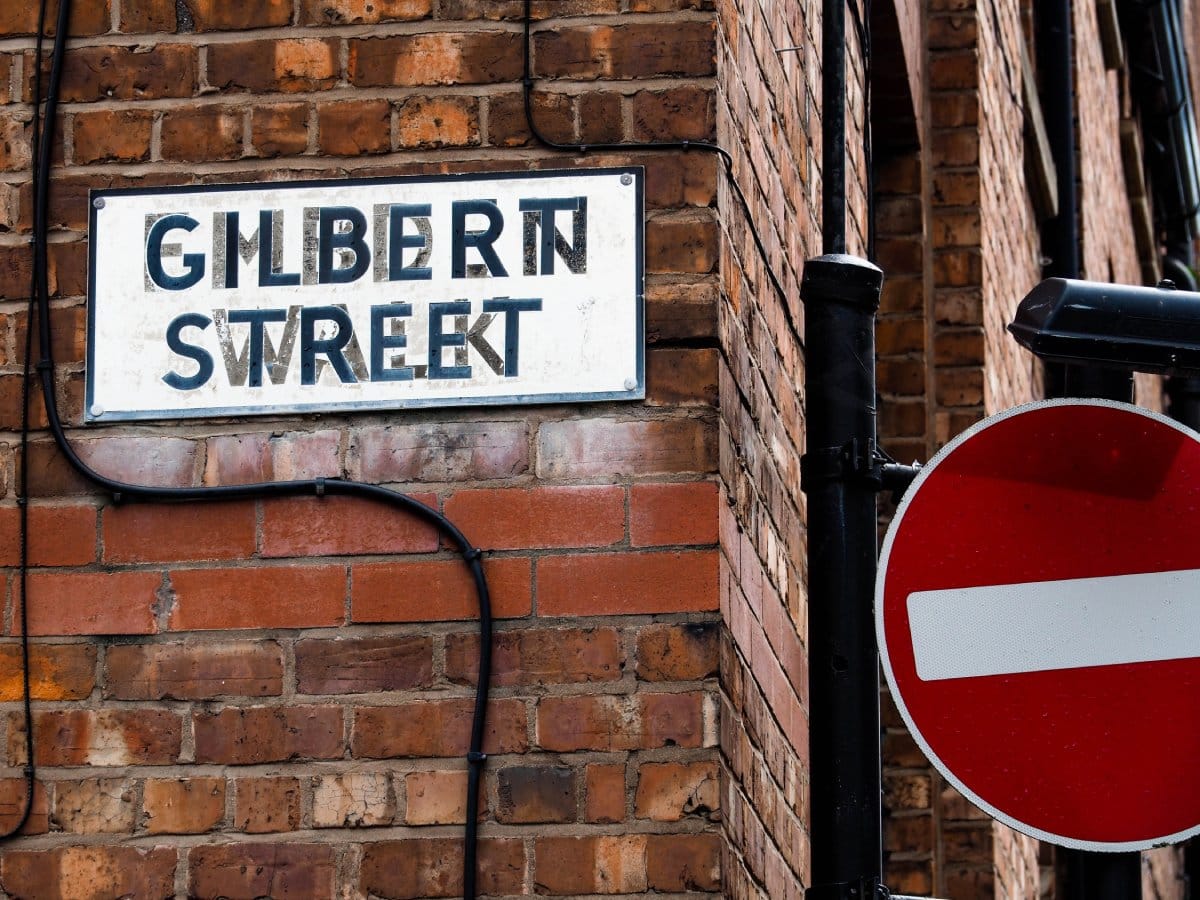Ever walked past a statue and wondered who it was and why they deserved to be immortalized in stone? In the UK, this question has taken on a new urgency. As the nation grapples with its colonial past, many statues and street names connected to the slave trade are being reconsidered, removed, or renamed.
1. Edward Colston Statue, Bristol (1895-2020)
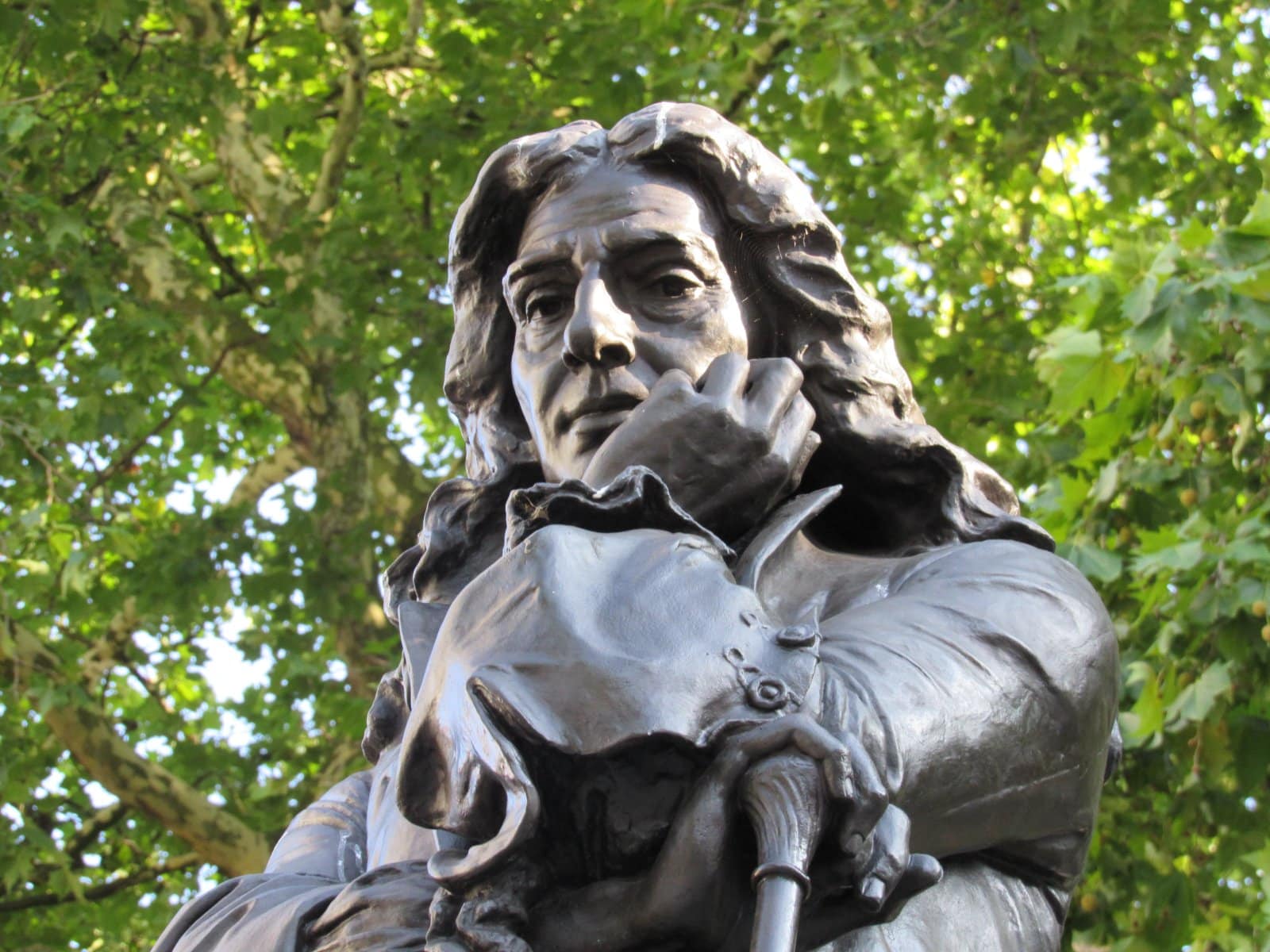
The statue of Edward Colston stood in Bristol for 125 years before it was dramatically toppled by Black Lives Matter protesters in June 2020. Colston was a notorious slave trader, and his statue’s removal ignited a nationwide debate on how Britain should address its colonial past. The event was a powerful statement against historical injustices, but it also raised questions about erasing history versus contextualizing it.
2. Robert Milligan Statue, London (1813-2020)
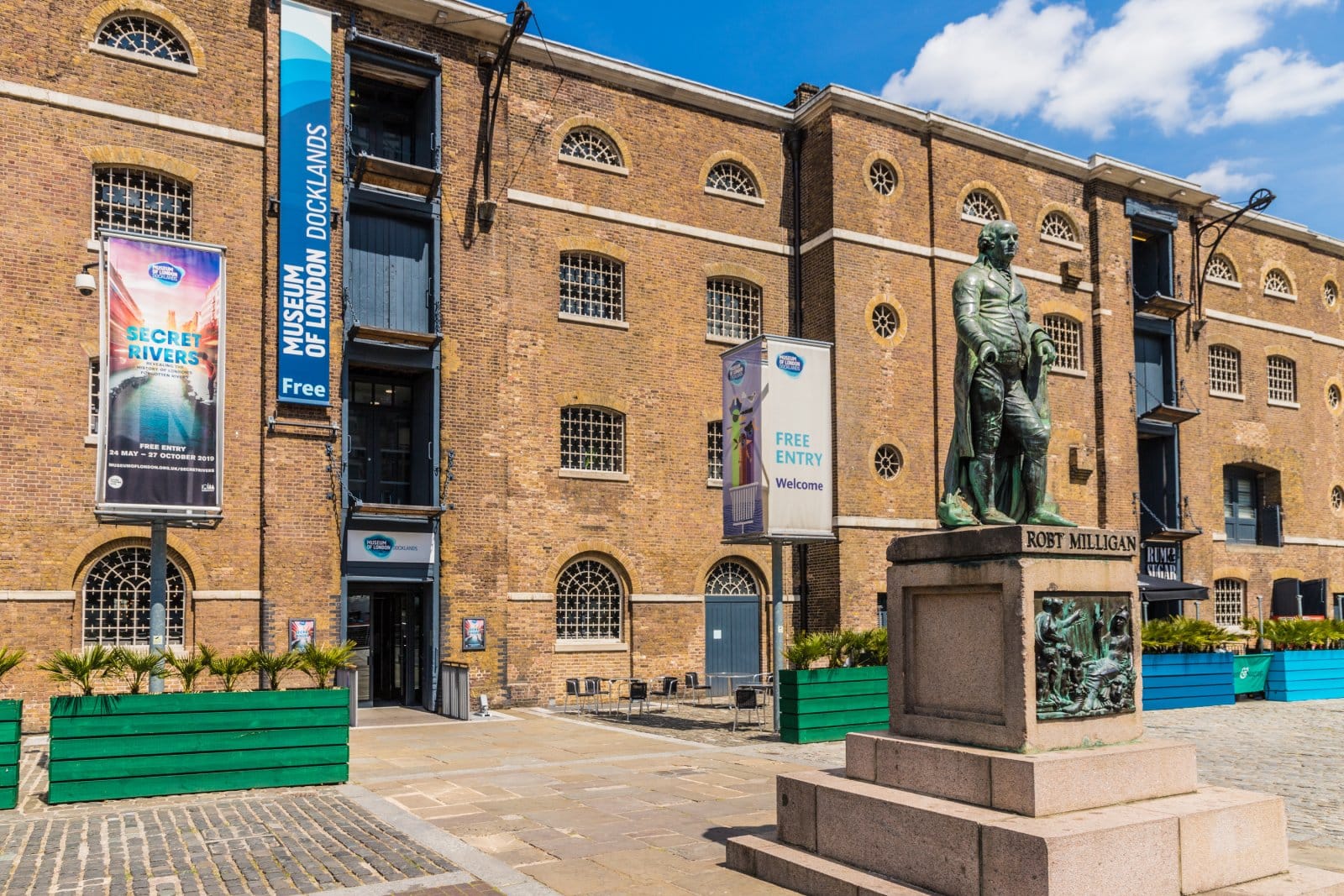
Erected in 1813, Robert Milligan’s statue was removed in June 2020. Milligan was deeply involved in the slave trade, and his statue’s removal came after a petition garnered over 4,000 signatures. The public overwhelmingly supported its removal, seeing it as a step towards acknowledging and rectifying historical wrongs. The statue is now in the Museum of London, where it will be displayed with appropriate historical context.
3. Sir John Cass Statue, London (1909-2021)
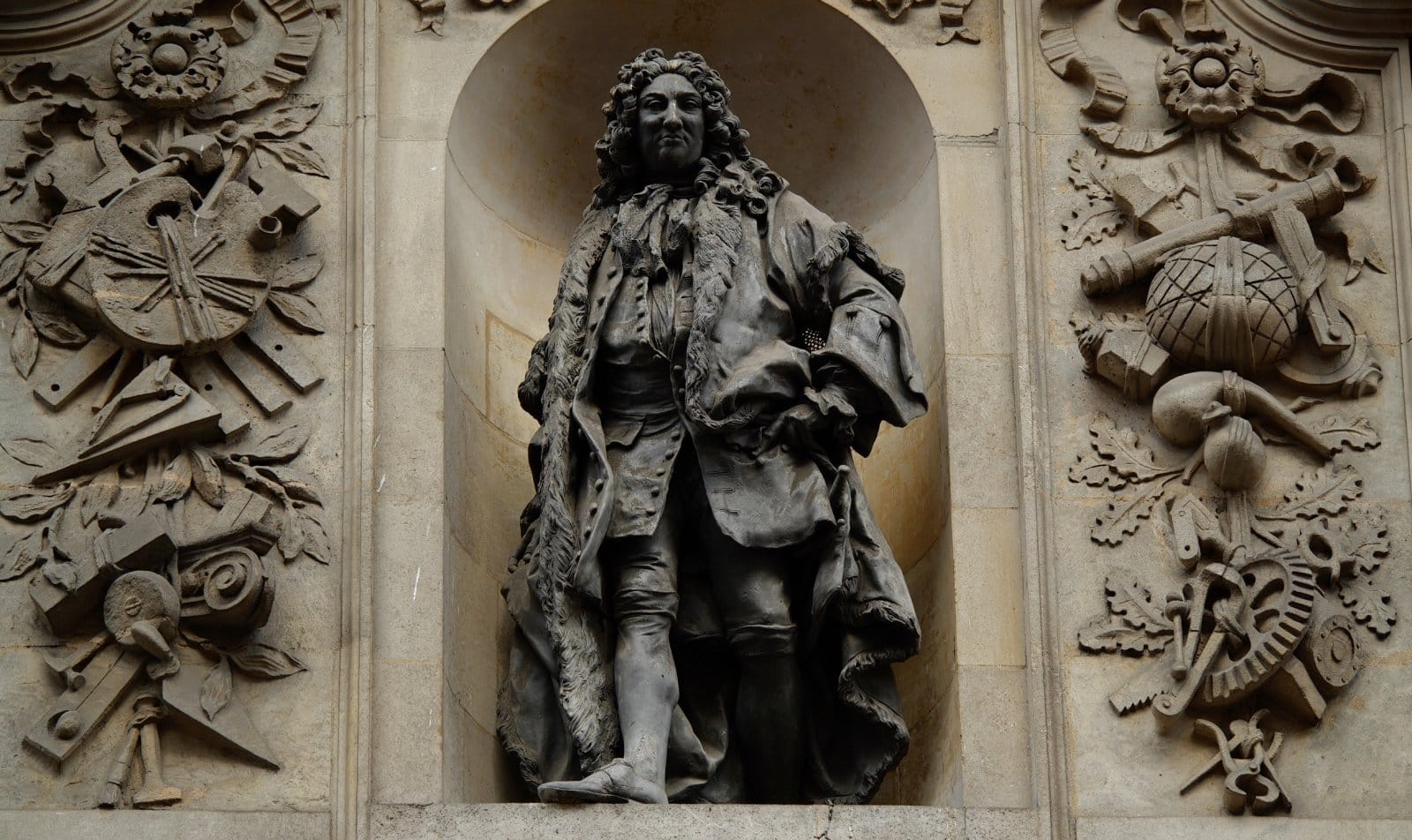
Since 1909, the statue of Sir John Cass had stood in London, commemorating the 17th-century merchant with ties to slavery. It was taken down by the City of London Corporation in January 2021, amid growing calls to reconsider how figures associated with slavery are honored. This move was part of a broader initiative to ensure public monuments reflect modern values and historical truths.
4. Thomas Picton Statue, Cardiff (1916-2021)
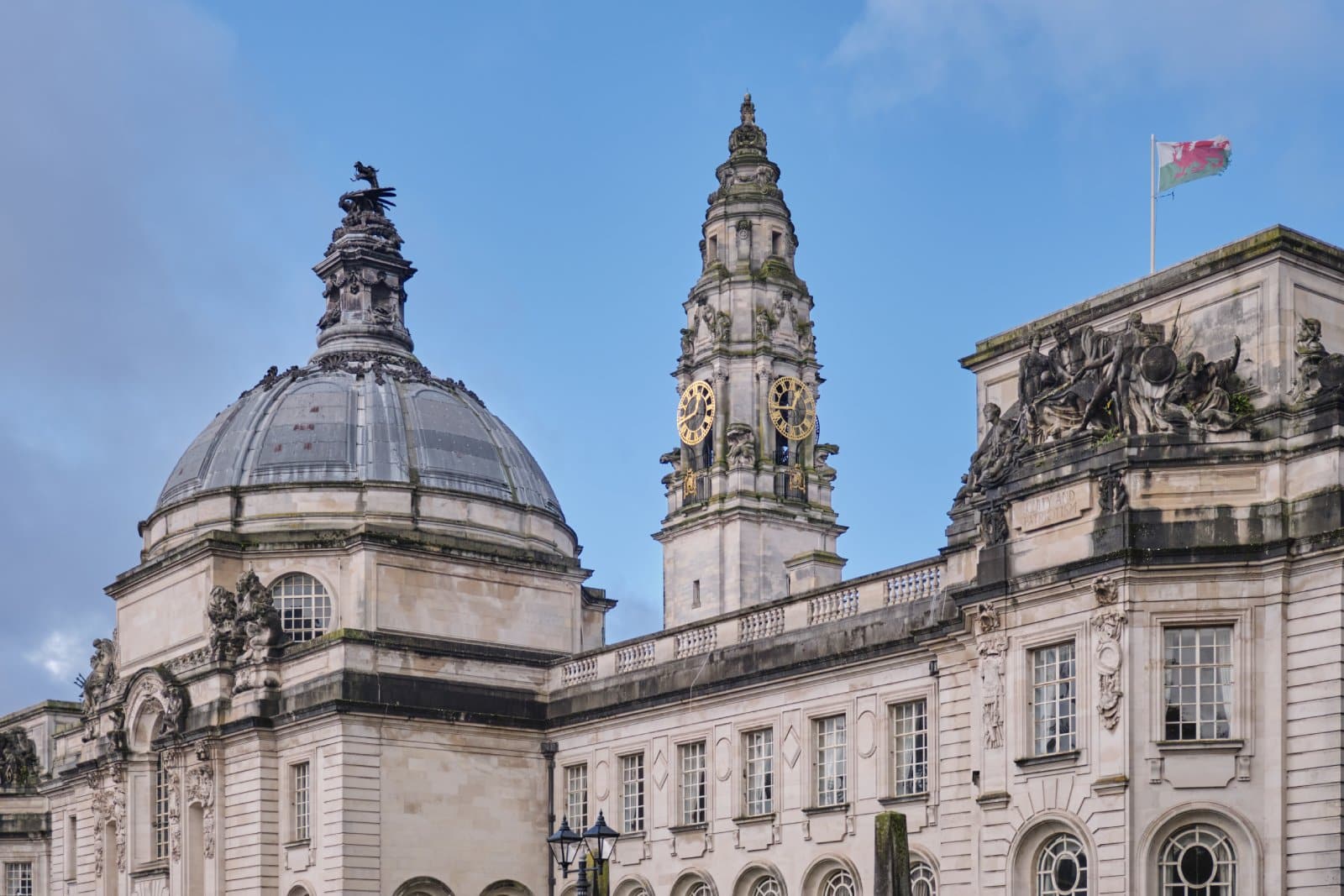
Thomas Picton’s statue, installed in 1916, was removed in July 2021. Picton was known for his brutal treatment of slaves as a colonial governor. Cardiff Council’s decision to remove the statue reflected a commitment to addressing historical injustices, though it also sparked debate about how to best remember such controversial figures.
5. Cecil Rhodes Statue, Oxford (1911-Present)
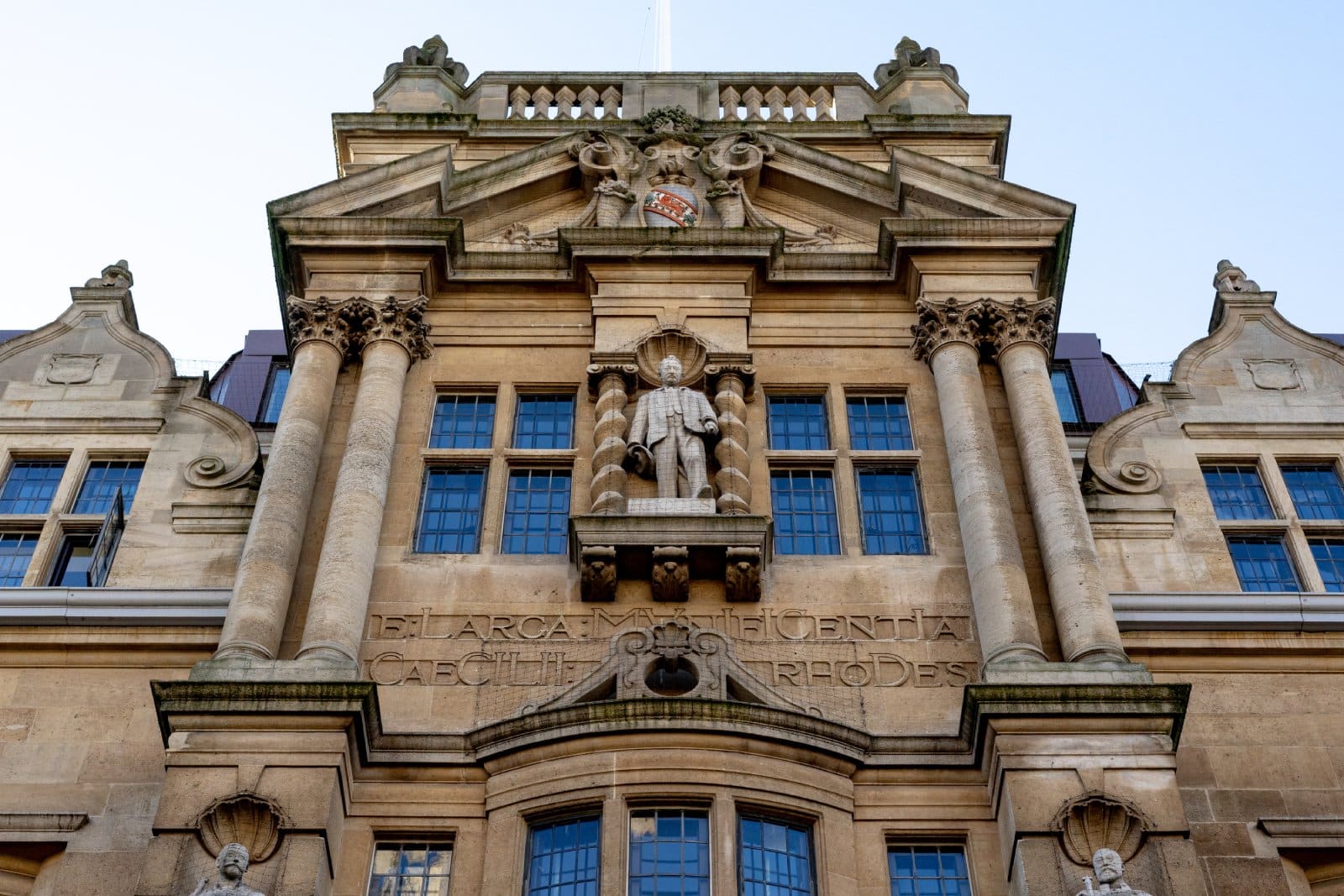
The statue of Cecil Rhodes at Oriel College, Oxford, has been under intense scrutiny. Erected in 1911, Rhodes’ legacy as a colonialist and proponent of white supremacy has made his statue a target for removal. The “Rhodes Must Fall” campaign argues for its removal, while others suggest adding explanatory plaques to contextualize his history. The debate continues, reflecting broader discussions about colonial legacies.
6. Colston Hall, Bristol (1867-2020)
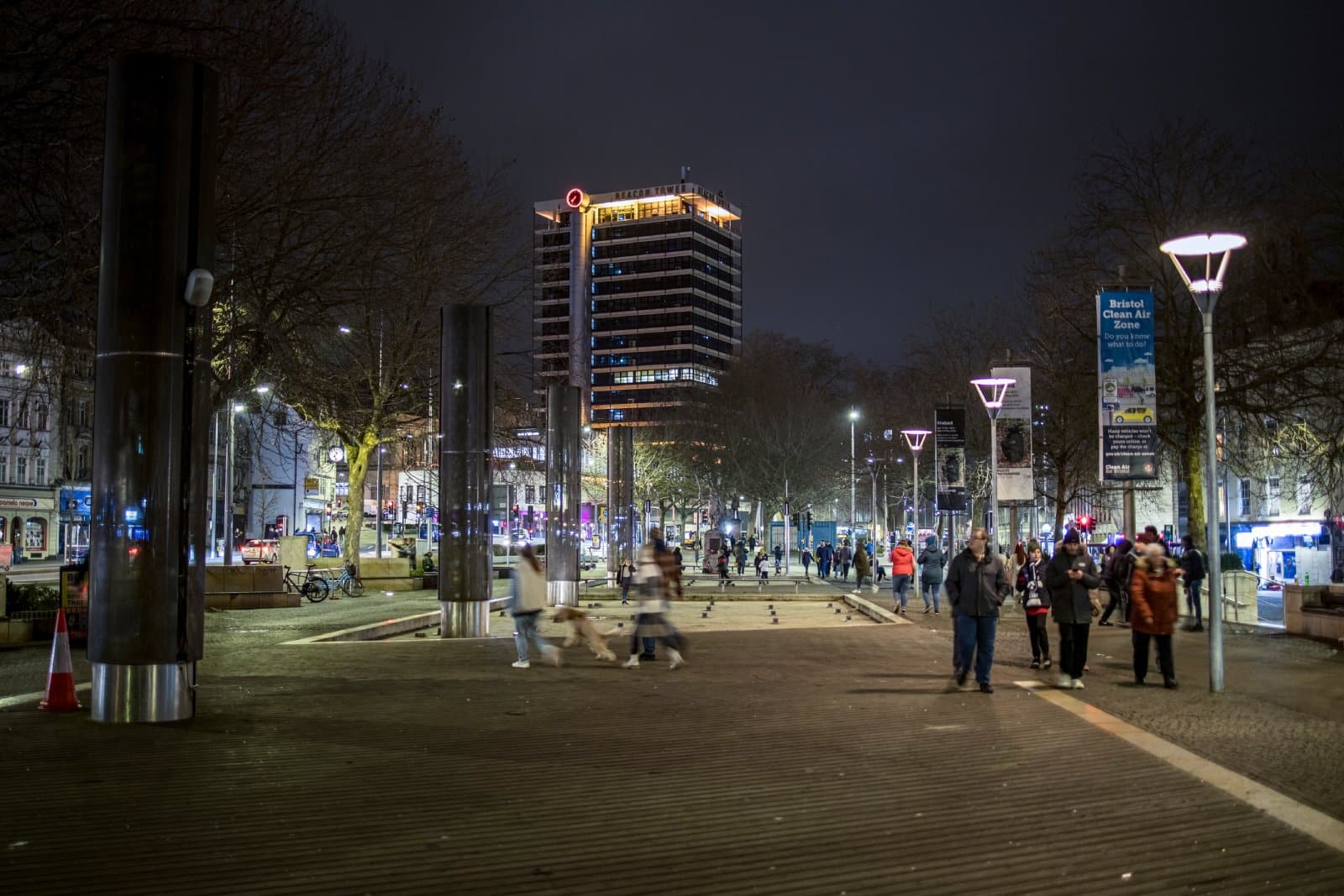
Bristol’s Colston Hall, named after Edward Colston and opened in 1867, was rebranded as Bristol Beacon in 2020. This change was part of a concerted effort to dissociate from Colston’s legacy. The renaming was largely welcomed as a step towards acknowledging and correcting historical injustices.
7. Penny Lane, Liverpool (1840s-Present)
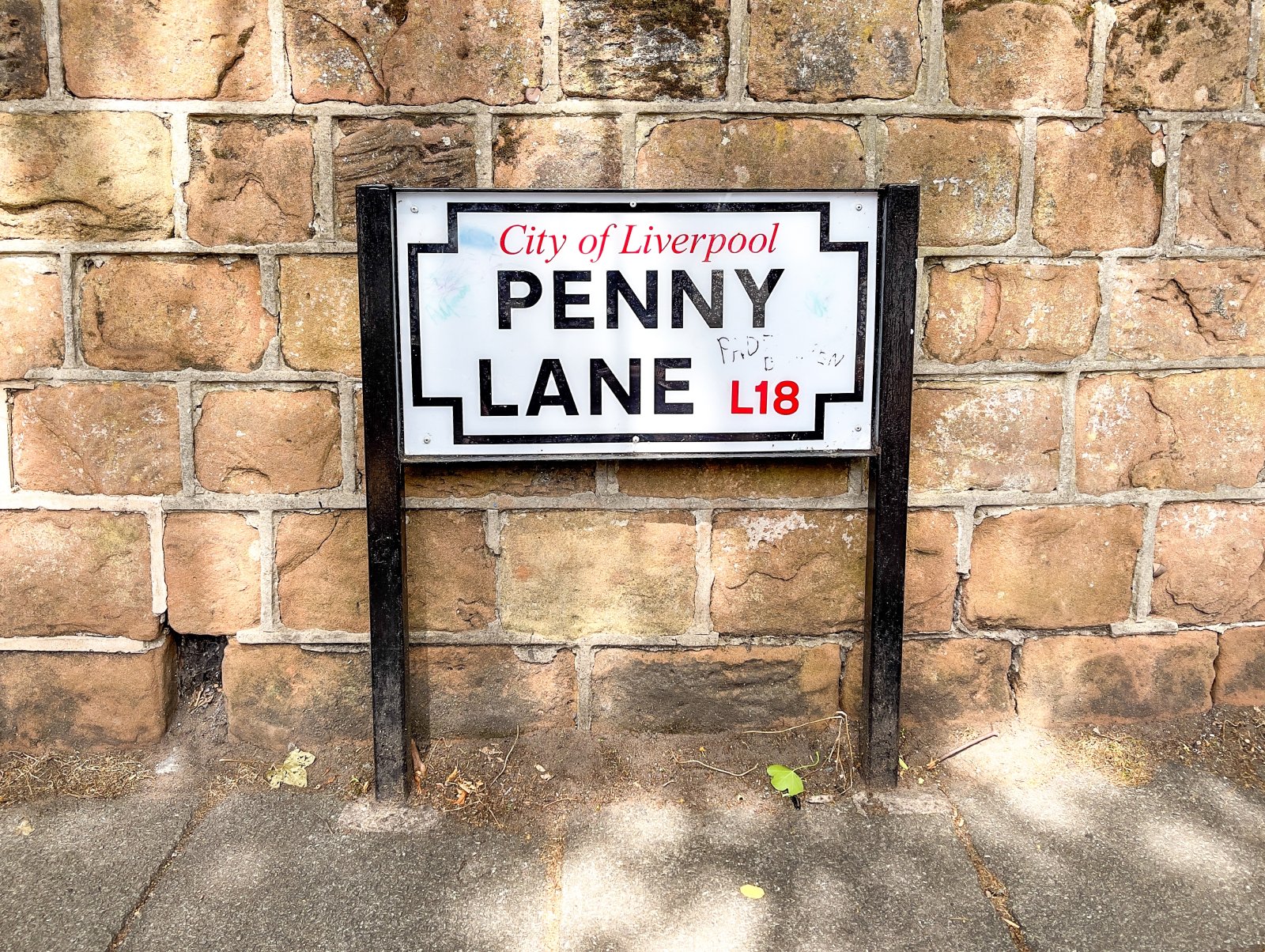
Despite being named after slave ship owner James Penny, Penny Lane remains due to its iconic association with The Beatles. The decision to retain the name, while other streets named after slave traders are reviewed, highlights the tension between preserving cultural landmarks and addressing historical wrongs.
8. Plantation Square, East London (1990s-2021)

Originally named Plantation Square, the area was renamed Meridian Square in 2021 to remove associations with slavery. Local residents supported the change, reflecting a broader commitment to creating inclusive and respectful public spaces.
9. Slave Trader Monuments in Glasgow (Various – Present)
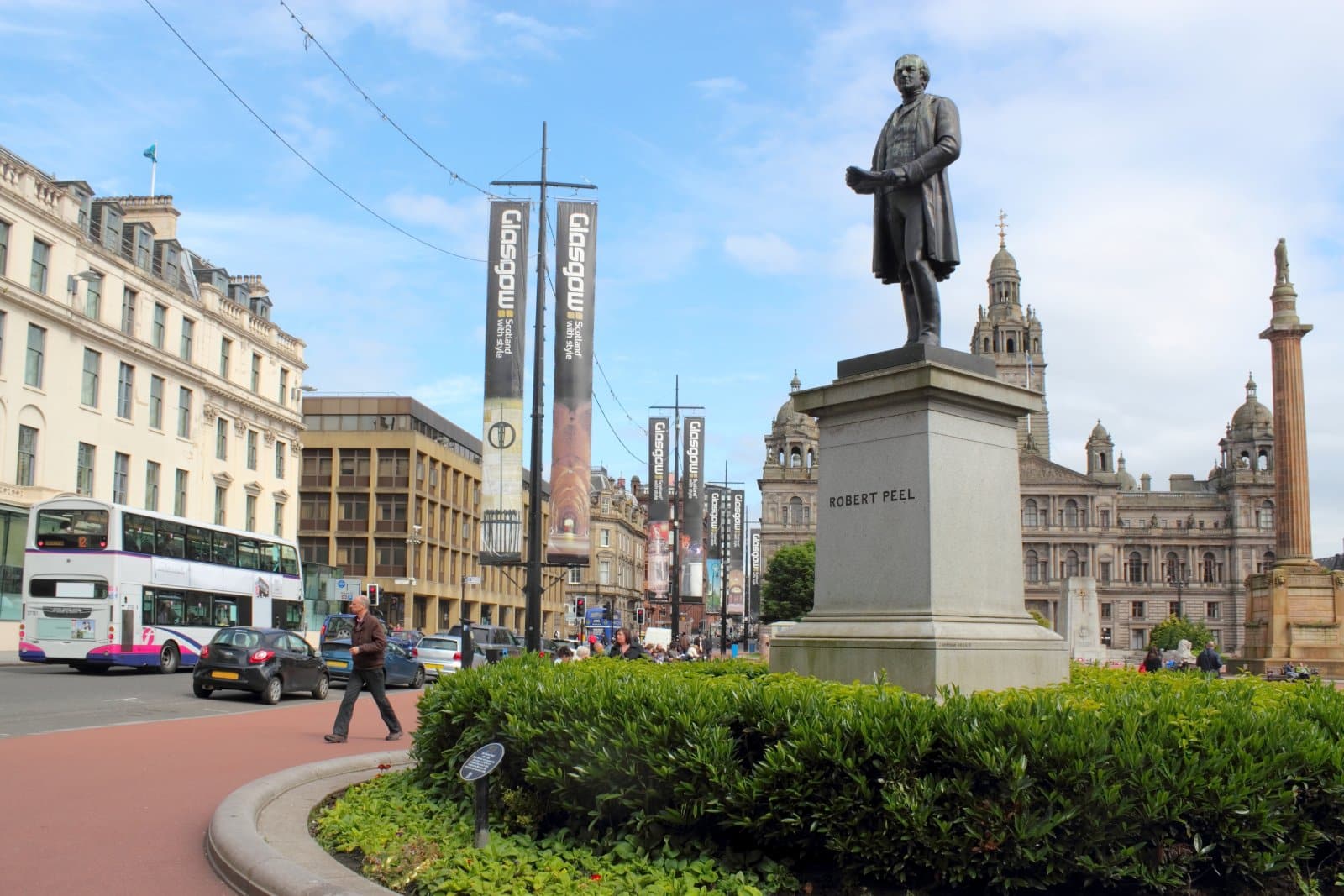
Glasgow has established a legacy review group to examine statues and place names linked to slavery. Public consultations are ongoing to determine the future of these monuments, showcasing the city’s proactive stance on addressing its colonial history.
10. William Beckford Statue, London (1772-2021)

Installed in 1772, William Beckford’s statue was removed from Guildhall in January 2021. Beckford was a slave owner, and his statue’s removal was seen as a necessary step in acknowledging and addressing the city’s ties to the slave trade.
11. Henry Dundas Statue, Edinburgh (1821-Present)
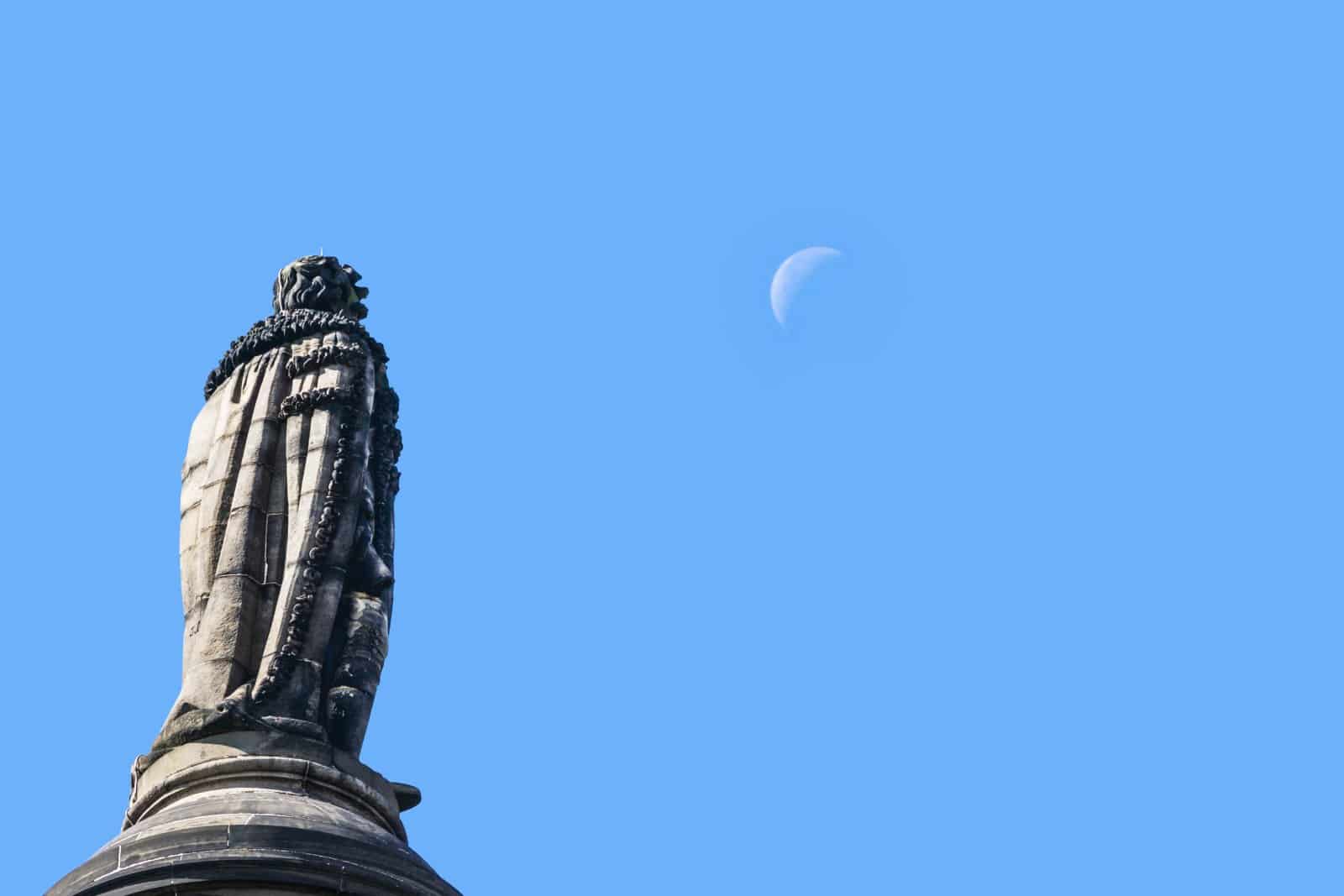
The statue of Henry Dundas in Edinburgh, erected in 1821, is under review. Dundas delayed the abolition of the slave trade, and his legacy is now being reconsidered by an advisory group tasked with re-evaluating how such figures are commemorated in public spaces.
12. Francis Drake Statue, Tavistock (1883-Present)

Tavistock Town Council decided to retain the statue of Sir Francis Drake but plans to add information about his involvement in the slave trade. This compromise aims to educate the public while preserving the historical monument.
13. Robert Clive Statue, Shrewsbury (1860s-Present)
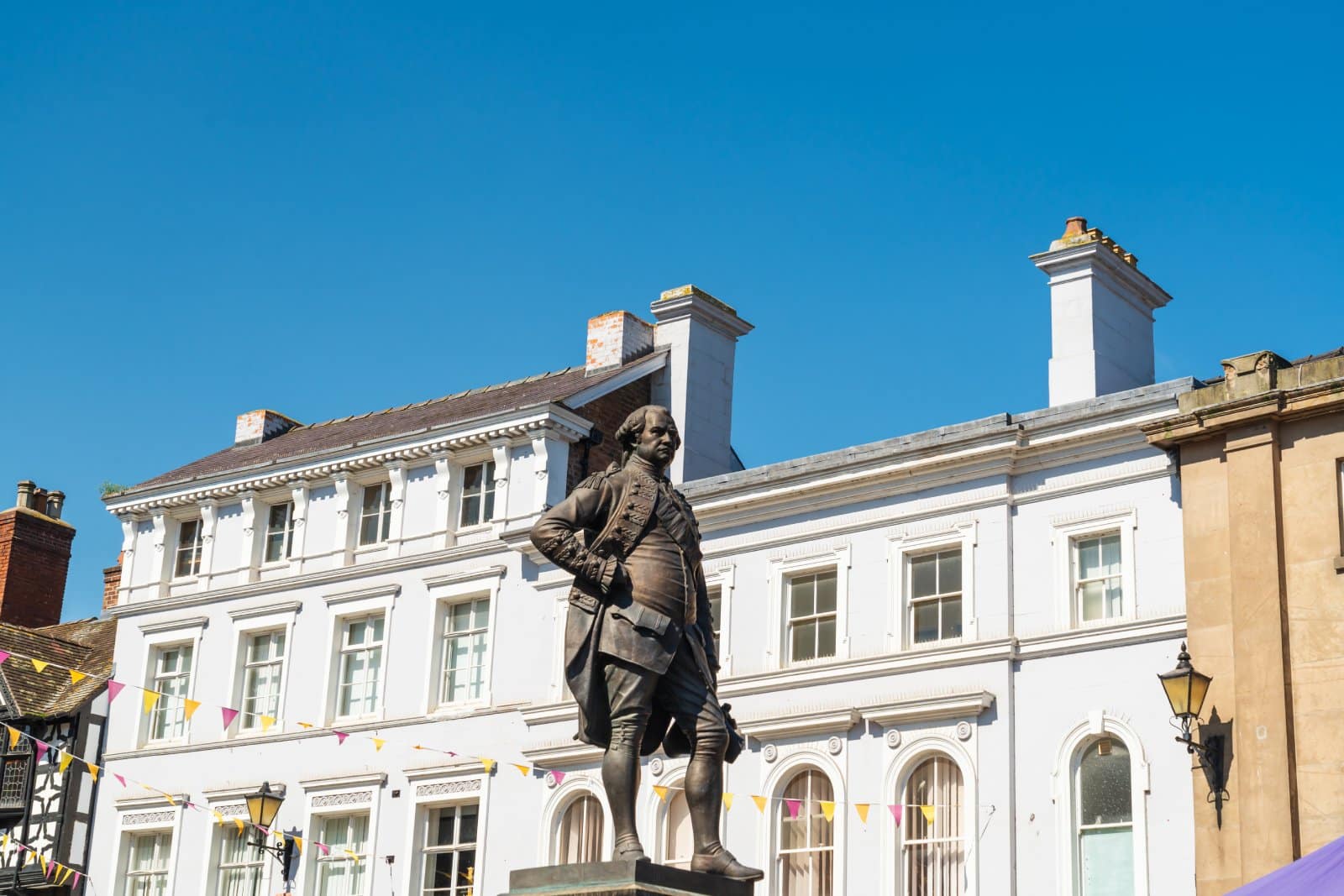
Shropshire Council is reviewing the statue of Robert Clive, a British colonial officer involved in the exploitation of India. Public consultations will determine whether the statue remains or is removed, reflecting the community’s engagement with its colonial past.
14. Guy’s and St Thomas’ Hospital, London (1720-Present)
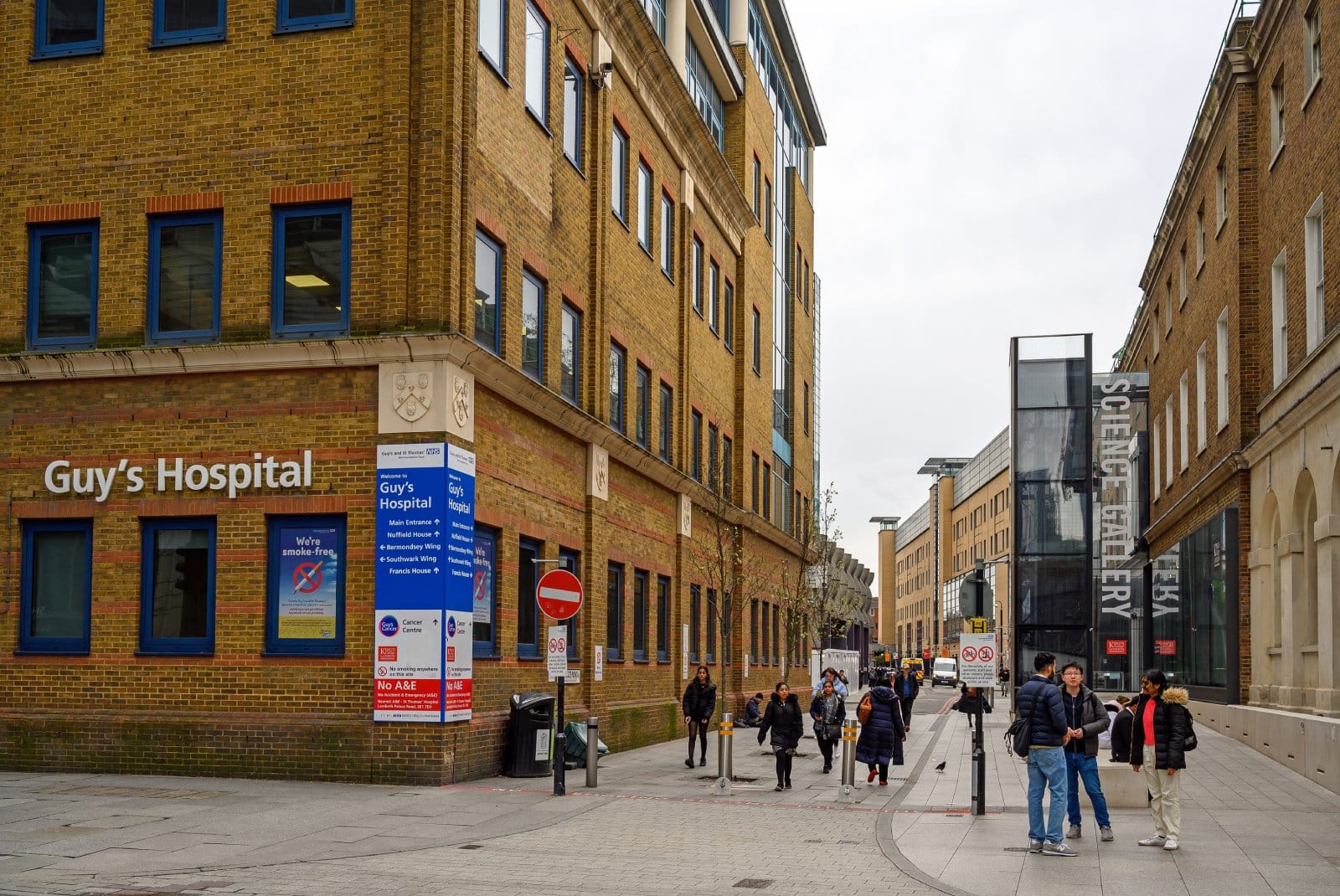
Guy’s Hospital rebranded some buildings named after Thomas Guy, a philanthropist with ties to slavery, in 2020. This move was part of a broader effort to address historical legacies and align the hospital’s public image with contemporary values.
15. Wills Memorial Building, Bristol (1925-Present)

The University of Bristol decided to retain the Wills Memorial Building but add contextual information about the Wills family’s involvement in the tobacco and slave trade. This approach aims to provide a fuller understanding of the university’s history.
16. Colston’s Primary School, Bristol (1842-2020)
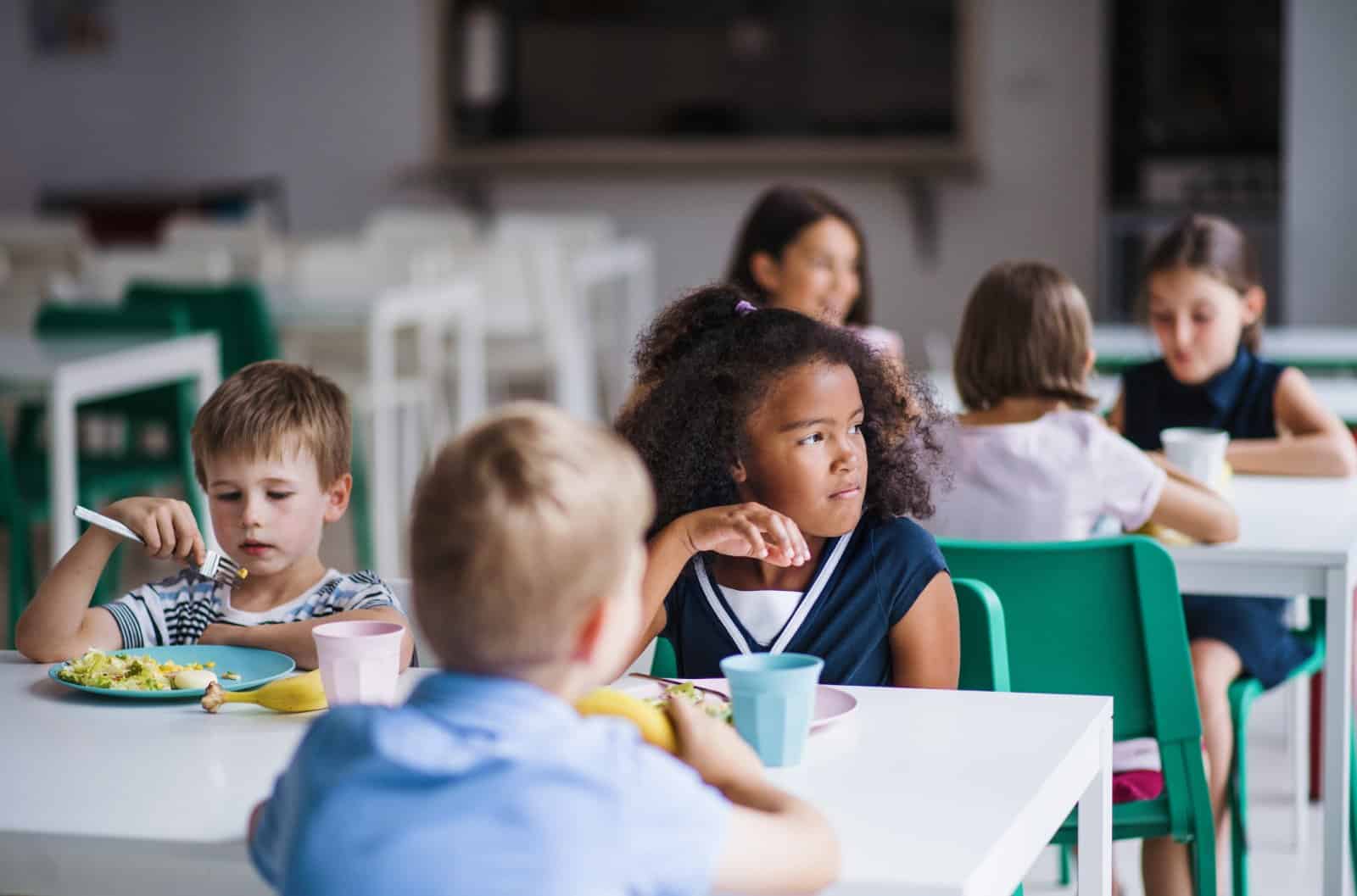
Previously known as Colston’s Primary School, the institution was renamed Cotham Gardens Primary School in 2020. The name change was part of a broader initiative to dissociate from Edward Colston’s legacy and was supported by the school community.
17. Sir Thomas Street, Liverpool (19th Century-Present)

Liverpool is reviewing several streets named after slave traders, including Sir Thomas Street. This review reflects the city’s ongoing efforts to balance historical acknowledgment with modern values, ensuring public spaces are inclusive.
18. Robert Geffrye Statue, London (1912-2020)
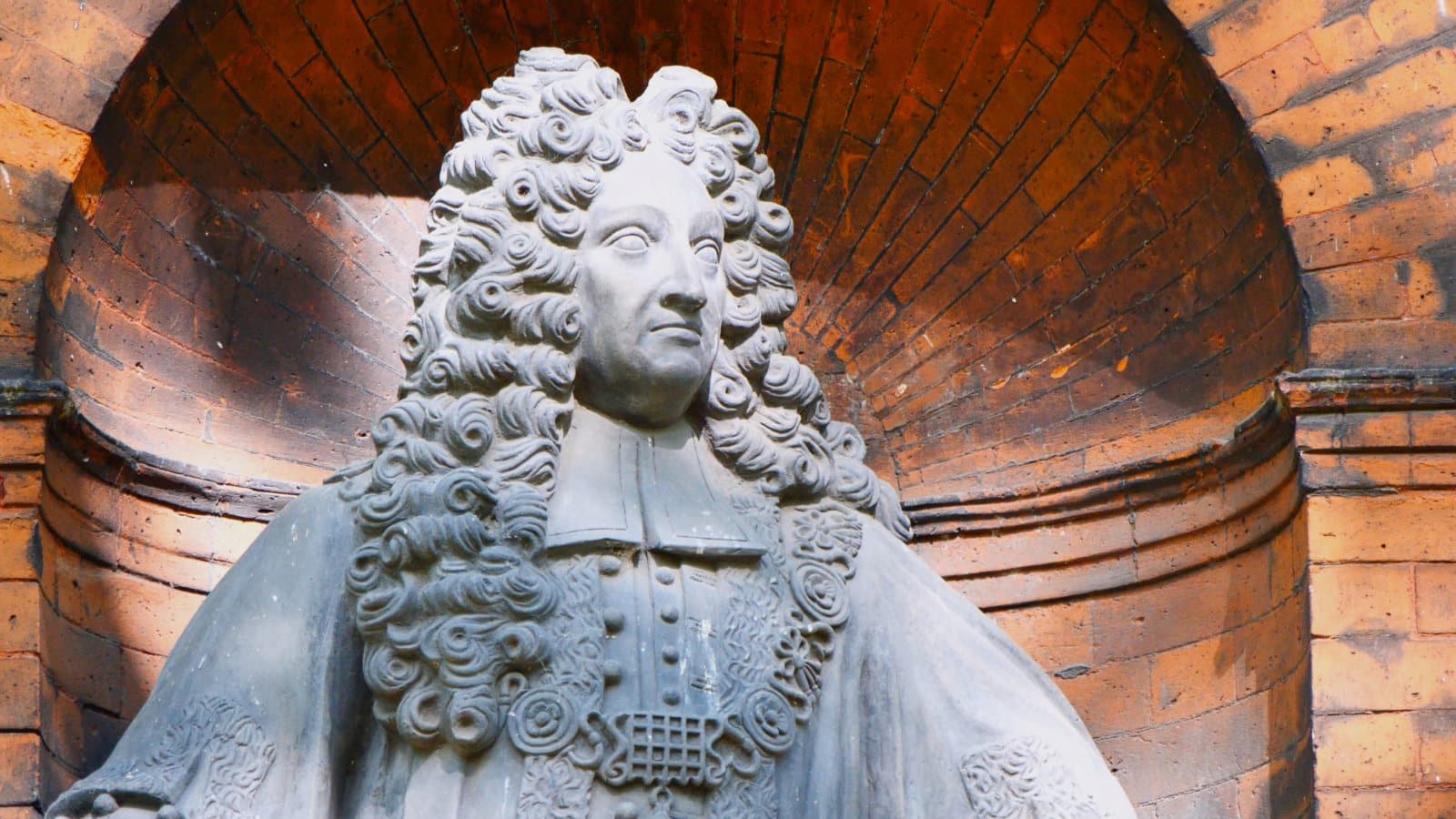
The statue of Robert Geffrye, a merchant involved in the slave trade, was removed from the Museum of the Home in 2020 following public consultation. The museum plans to display the statue with historical context, acknowledging Geffrye’s role in history while educating the public about his controversial legacy.
History Is Not Static

These actions reflect a broader societal effort to address historical injustices and reconsider how history is commemorated in public spaces. The reactions vary, but the overarching goal is to create a more inclusive and accurate representation of history.
10 Worst Places to Live in the UK Today

Here’s a look at the 10 worst places to live in the UK, based on statistical analysis and local sentiment, to help you understand the challenges residents may face in these areas. 10 Worst Places to Live in the UK Today
“We Will Never Come to Help You” – Trump’s Hurtful Words Raise Concerns About EU Firepower

It was revealed in a conference in Brussels that former President Donald Trump said in 2020 that the US would “never help” Europe if it was attacked. Now, European nations are grouping to commit more firepower to combat Putin’s threat to democracy. “We Will Never Come to Help You” – Trump’s Hurtful Words Raise Concerns About EU Firepower
Brexit Fallout: 20 Ways the EU Is Falling Apart Without the UK
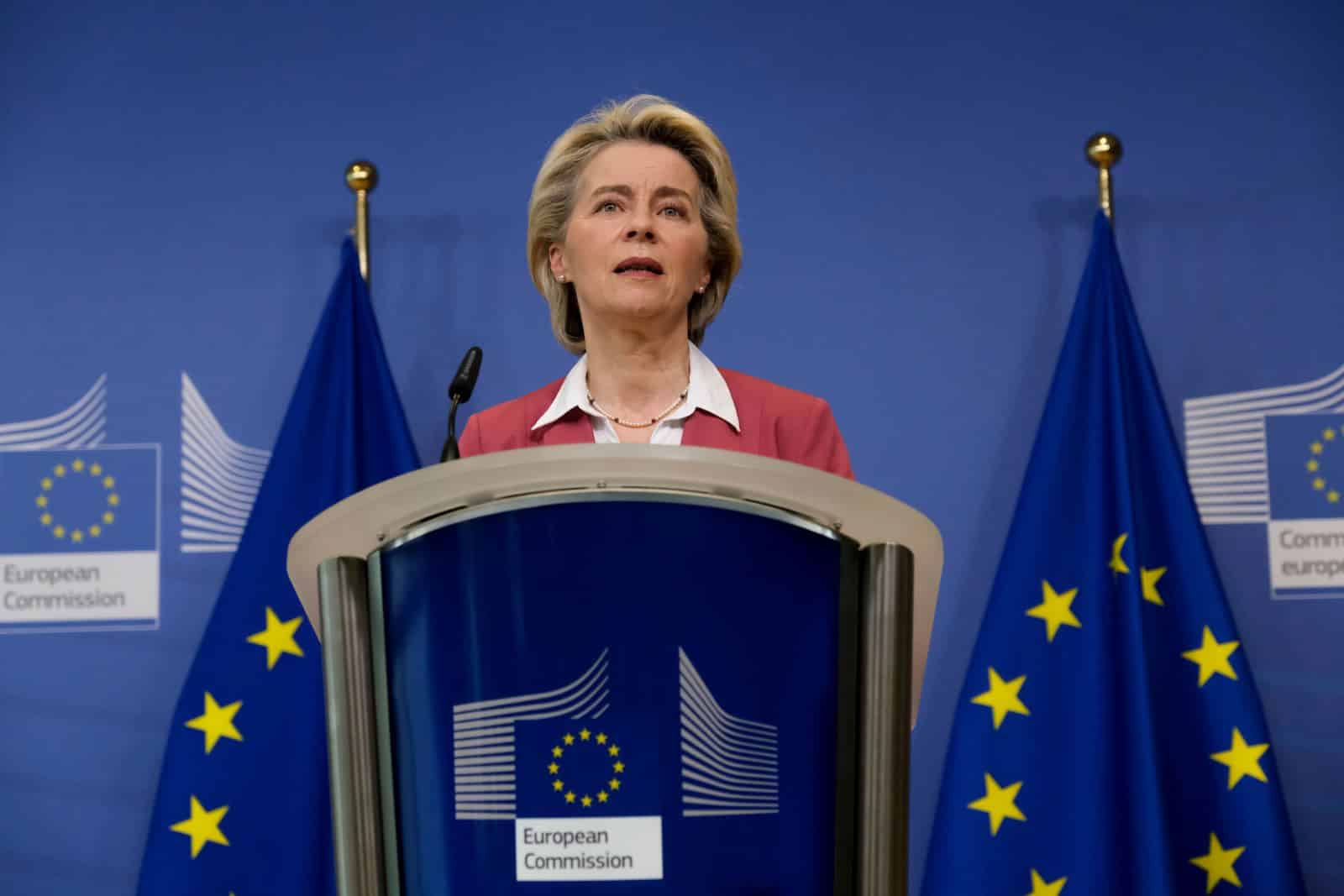
Since Brexit, the EU has been grappling with multiple crises and internal conflicts. Can the bloc hold itself together in these turbulent times? Brexit Fallout: 20 Ways the EU Is Falling Apart Without the UK
Featured Image Credit: Shutterstock / Grrrenadine.
For transparency, this content was partly developed with AI assistance and carefully curated by an experienced editor to be informative and ensure accuracy.

